CEO Zipse: Tesla is attacking with modern production in Lower Bavaria. BMW was once an electrical pioneer itself – and now wants to go back there.

The automaker BMW wants to accelerate the switch to electric drives. “We are setting standards in the transformation of our industry,” said BMW boss Oliver Zipse on Thursday at the opening of a new production facility for electric drives in Dingolfing in Lower Bavaria.
The company will launch new electric models on the market in the coming years. In 2025, every third Munich-based car sold in Europe will have an electric or hybrid drive, and in 2030 half. “It can even be a little conservative,” said Zipse.
BMW was early on and in 2013 was the first German manufacturer to launch an electric car in series production. Nevertheless, the Munich-based company quickly got on the defensive, with the Model 3 Tesla dominating the business with pure electric cars.
The newcomer has overcome its initial difficulties and wants to open a factory in Grünheide near Berlin next year. In the medium term, 500,000 electric cars are to be built there, primarily aimed at customers of Audi, Mercedes and BMW.
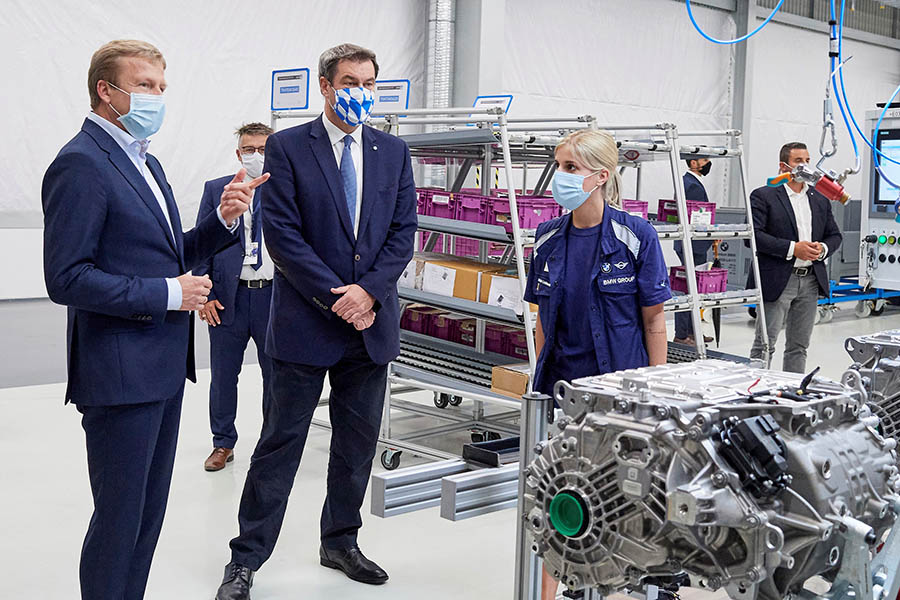
The plans are well received on the stock exchange: With a market capitalization of almost $210 billion, Tesla is the most expensive car manufacturer in the world – and worth more than BMW, Daimler and Volkswagen combined.
What it now needs: new self-image and self-confidence. And if you need a full load of self-confidence, Markus Söder invites you.
The Bavarian Prime Minister will be on stage at the BMW plant in Dingolfing on Thursday with a broad chest. “Bavaria is rightly being challenged again and again,” Söder calls – this also applies to the auto industry and its transformation to electromobility.
“But we don’t need American manufacturers, we do that ourselves,” Söder lectures. “What Elon Musk does in space is really first class.” But when it comes to car construction, Germany is “a bit ahead”.
Bavaria as the backbone of e-car production
Söder presses the symbolic start button for the series production of electric drives in the largest European BMW plant together with CEO Oliver Zipse. Up to 500,000 cars per year are to be supplied from Dingolfing with electric motors, battery modules and power electronics, and 500 million euros will go into this component production. In addition to hybrid drives that combine combustion engines and power drives, Munichers increasingly want to build pure electric cars.

“This is happening very quickly,” says Zipse. The BMW boss replaced Harald Krüger a year ago, who was accused of lacking bite towards Tesla. As head of production, Zipse had contributed to the strategy of a gradual transition to electromobility.
Zipse in Dingolfing explains that everything was done “right” by initially using plug-in hybrids that are now available for the entire fleet. But now the group is preparing for the next phase of electrification. By 2030, half of the cars sold in Europe will have hybrid or electric drives. “The dominant share will be pure electric drives,” promises Zipse.

BMW, like Audi, Mercedes and Volkswagen, is now shifting up a gear. BMW has so far only produced the “i3” introduced in Leipzig in 2013, and Bavaria is now to be the backbone of e-car production.
Starting next year, the “I4”, an electric version of the 3 series, will be built in Munich. The “inext” is also scheduled to roll off the assembly line in Dingolfing in 2021, a futuristic electric SUV with the ability to drive autonomously over long distances.

In 2022, the most powerful variants of the 7 series are to be switched to electricity operation, followed by the 5 series. All new electric cars will receive the components of the fifth generation of electric drives now produced in Dingolfing, which should enable ranges of more than 500 kilometers. Values that the “i3” could not achieve and therefore never really had a chance compared to Tesla.
The new competitor from California had long been underestimated in Munich. The BMW managers believed in the electric car earlier than their colleagues in Wolfsburg and Stuttgart, but they had their own way. Production of the “i3” started in Leipzig in 2013. To compensate for the still manageable range of less than 200 kilometers, the designers fitted the car with a carbon fiber body.
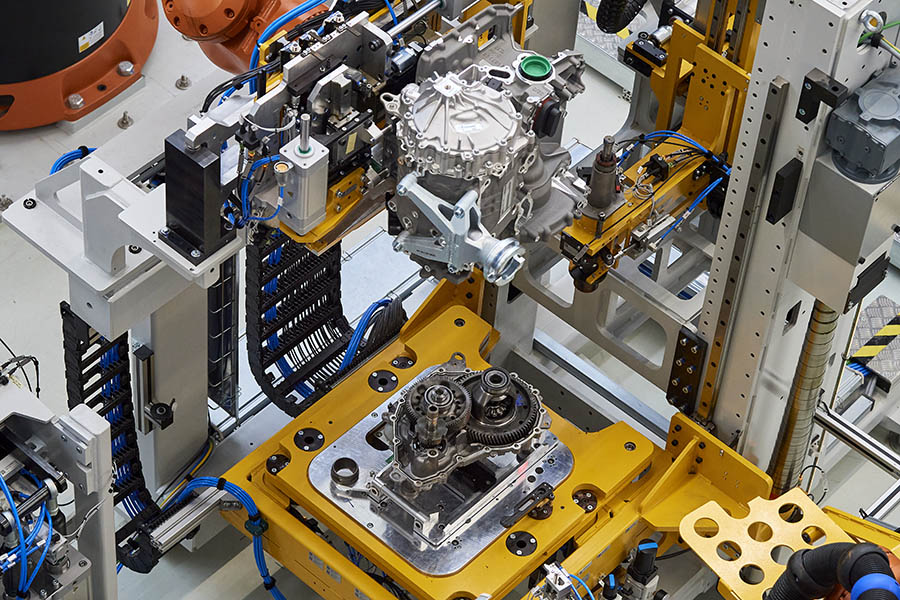
BMW once got bogged down
The material previously mainly used in aircraft construction is extremely light, but also complicated and expensive to manufacture. BMW major shareholder Susanne Klatten bought in from the chemical company SGL Carbon in order to exclusively secure the technology for BMW.
The then CEO and current supervisory board chairman Norbert Reithofer even spoke of a “revolution in car construction”. “Sustainability” is the common thread that BMW will use in the future. The development ate up a good three billion euros.

But the project was too complicated: The production of the “i3” was a solitaire and not compatible with any other BMW model series. While Tesla focused on the further development of the battery cells, BMW got bogged down with the “i3” with the carbon fiber.
Customers also found the car to be moderately attractive, and there was also a lack of subsidies and charging stations. BMW rarely sold over 20,000 cars a year – with total sales of around 2.5 million.
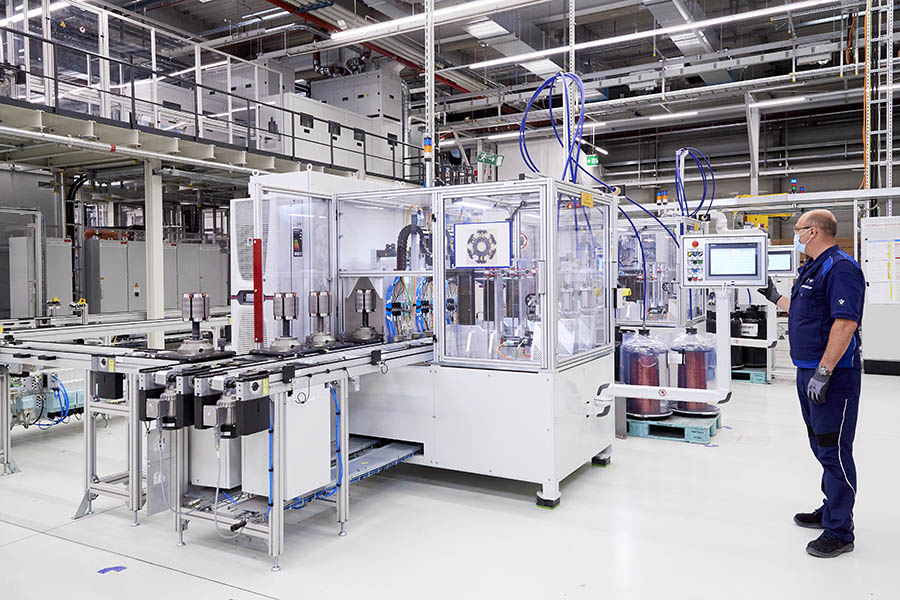
Reithofer’s successor, Harald Krüger, and his then production director Oliver Zipse put the further expansion of the “i-series” on hold. Diesel and plug-in hybrids were to be preferred until the costs and ranges of the batteries made a new start worthwhile.
Income rose, fuel prices remained moderate. Now the group pushed the big and heavy SUV models. The X3 now runs in four factories, followed in 2019 by the five-meter-long X7. He is currently one of the largest earners in the group.
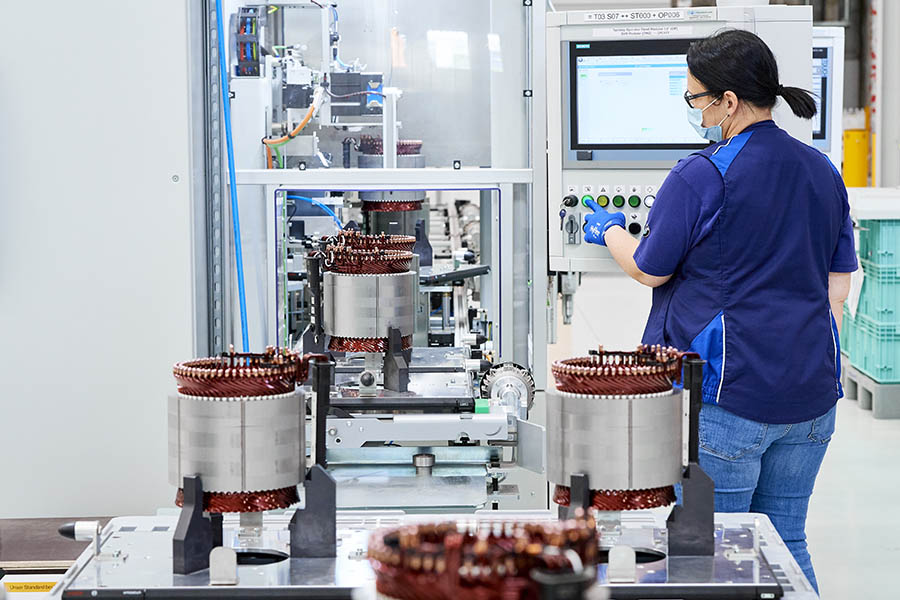
The era of carbon fiber adventures was over. As a production director in electric mobility, Zipse enforced one principle: In future, all new models should be able to be built with every drive in every factory.
The advantage: As a relatively small carmaker, BMW can maintain its production structure and better balance the risks and costs of electric mobility. The disadvantage: BMW has lost its lead over the competition. This put Zipse’s predecessor under pressure. In summer 2019, Harald Krüger waived another term and vacated his chair.
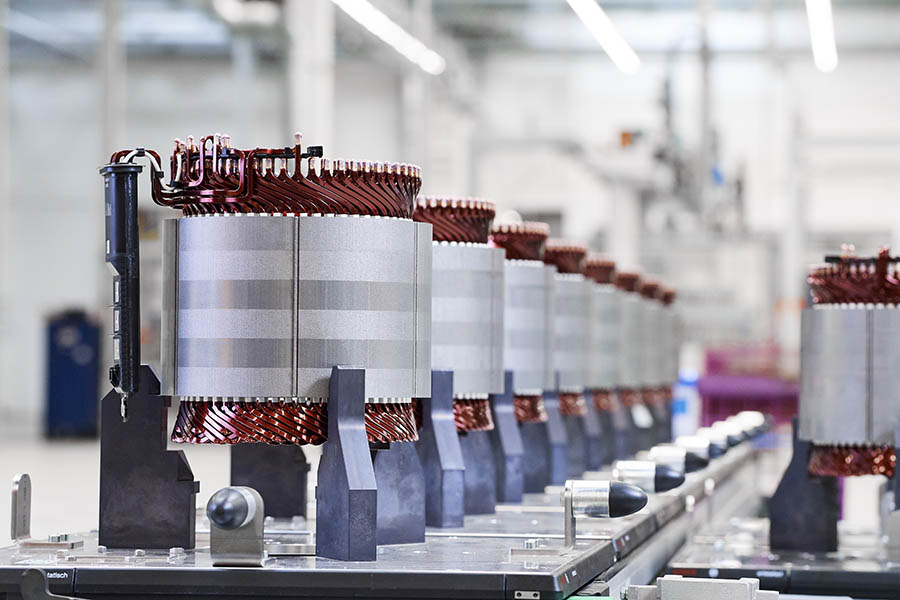
German competitors caught on the wrong foot
Zipse took over in August last year. He does not want a fundamentally new course, but the implementation of the previous strategy was not always “precise”, he explained after taking office. That also applies to the new rival from California.
When Zipse met Elon Musk in Berlin in November 2019 at the award ceremony for the “Golden Steering Wheel”, the Tesla boss took over the show. Musk announced the construction of a Tesla factory in Grünheide. South of Berlin, Tesla wants to produce up to 500,000 electric cars a year – a declaration of war against the German competition.
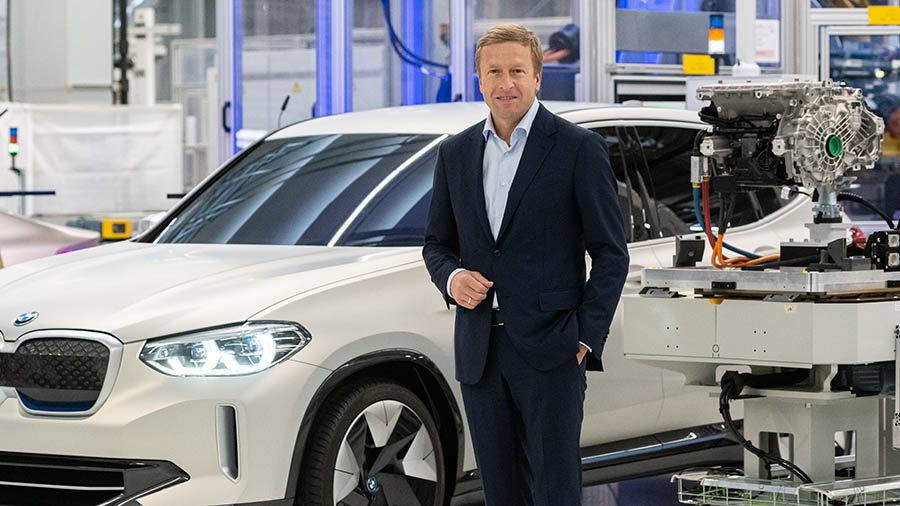
She’s not really prepared for the attack on her doorstep. So Daimler, Audi and Porsche have their new electric cars on the market.
But the Audi Etron and the Mercedes EQC are rebuilt combustion engines that are moderately popular. Just under a year after the start of the order, not even 700 copies were newly registered in Germany. The Audi Etron sold 4500 times in this country.
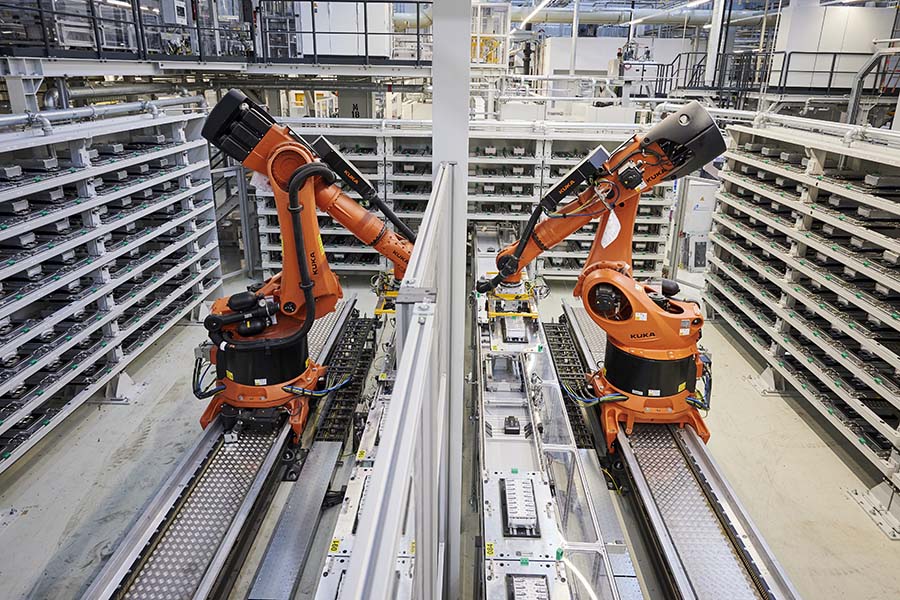
With the ix3 built in China, BMW also plans to convert an internal combustion engine to an electric SUV this year. But after the weak sales of the competition, expectations of the Chinese EV are modest. Such offers hardly stand a chance, especially on the US market, says a high German car manager.
Now BMW is putting everything on the new electric models. The “i4” presented in March can compete with the “Model 3” from Tesla in terms of range and performance. The “inext” should also shine with the ability to drive autonomously over long distances.
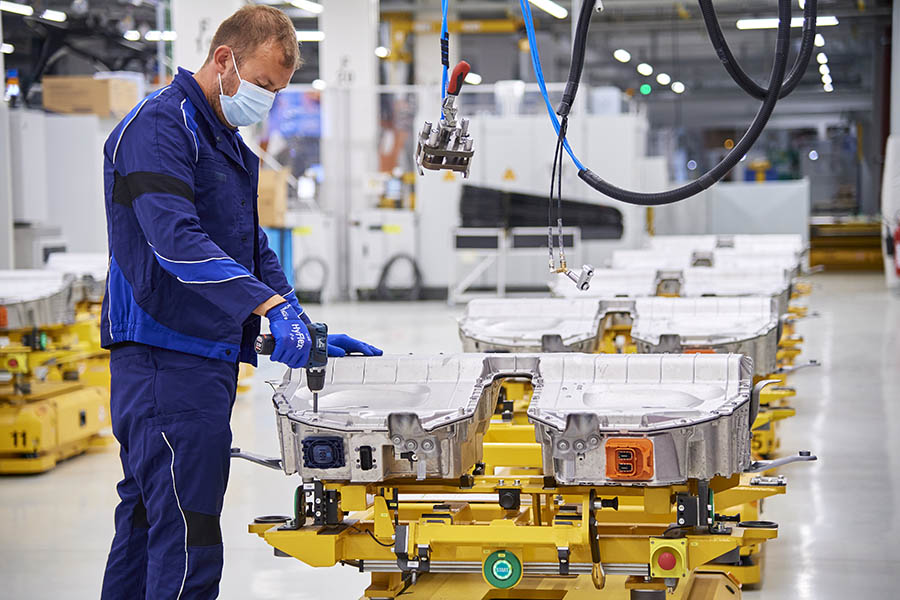
As the only German manufacturer to date, like Tesla, it is also able to update “every single program code” of the software over the Internet, say the BMW managers. An update for around half a million cars is currently underway. Here Zipse sees himself at least on par with Tesla.
Tesla is clearly ahead today
Nevertheless, Andreas Radics, managing partner at Berylls Strategy Advisors, sees BMW on the defensive. “Tesla is clearly ahead today. The German car companies were among the pioneers of electric cars, and the BMW i3 is proof of this, among other things, ”says Radics. “Unfortunately, they largely let the first trend towards e-mobility pass them by. Now the catch-up is on and the race is still open for the fast followers. ”
This also applies to the strategy of building electric cars and combustion engines on a production line. Unlike Tesla and VW, which rely on pure production exclusively for electric cars, BMW wants to remain flexible. “A mixed production of different drive types on one line makes sense for small quantities. It allows a quick response to customer requests because the interest in pure electric cars increases, their production volume can be increased while at the same time the units of the conventional models are reduced, ”says Radics.
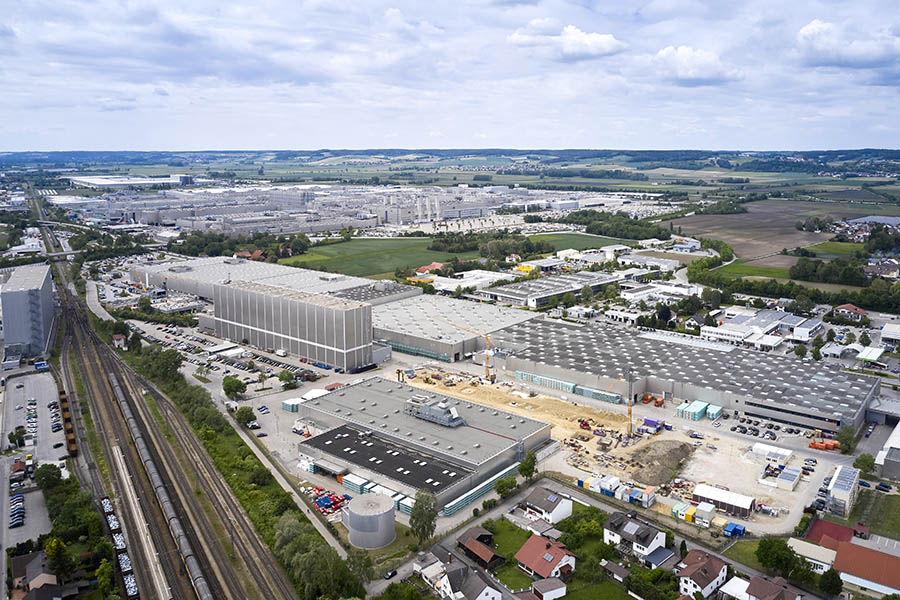
The race between BMW, the German rivals and Tesla remains open. One thing is certain: Markus Söder’s self-confidence is not lacking. “BMW,” says the Bavarian Prime Minister, “FC Bayern is the economy.”









